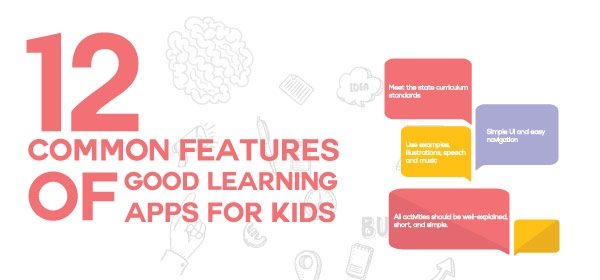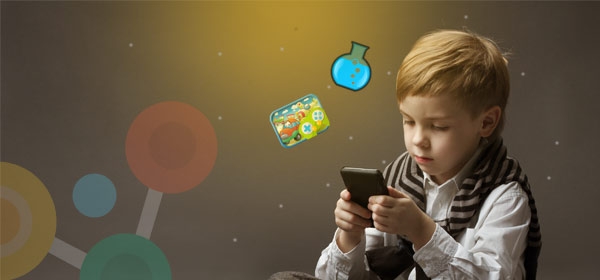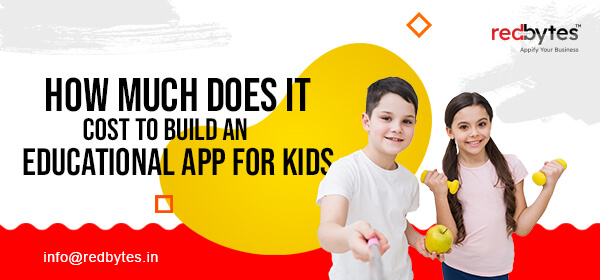Every young parent is excited about sending their kids to smart schools. We all wish to provide our kids with better education regardless of our financial status. But how many of us know enough about what kind of education systems and what kind of education environments are prevalent today? After a comprehensive comparison, there are 7 things that smart schools are found to be doing better than ordinary schools. But, before going into that let’s consider three fundamental shifts, which transformed learning environments brought about.
The three types of learners in modern learning environments
Must Read:
Social Learner: Learning is more of a social activity now.
Autonomic Learner: The dependency of students on teachers have decreased to a great extent, especially with the advent of education app development, to become more or less self-directed.
Inquisitive Learner: Students are more curious to explore into the unknown than just cramming and passing examinations.
Things smart schools will do better
1. Goal Oriented Development: Just like during education app development, modern classrooms work their way up based on previously set goals. They are always on some mission that could aid development of various skills in students. Smart schools conduct community conversations that helps them in setting various goals that are to be achieved. Some examples include creating great learning experiences, community involvement, overall growth etc.
2. Powerful Learning Experiences: When we all learned back during the old days using the traditional approach, the only time that we had to be involved in any learning activities was once when we were in our classrooms or when we had to do homework. The focus of education has now shifted to anytime learning and anywhere learning.
Technology can create powerful and amazing learning experiences for students. Technologies such as the internet, learning apps, and other innovative resources create better learning opportunities for students. For e.g., now education app development companies create apps that enable students to communicate, collaborate and share learning materials and assignments 24/7 year round.
3. Introduction to Productive Learning Environments: With the aid of new technologies, teachers can now plan and allocate resources in better ways. For e.g., if students need some lessons or resources for a longer time period the teachers can include rotation and flex models, which delivers a part of the active time via online. This will in turn increase productivity.
You May Also Like:
4. Better Student Profiles: With the use of smart technologies, it is possible to save each students’ academic history for future reference. No matter whether you need a progress report from a year ago or a remark made one month ago, all are accessible at the tip of your fingers.
Teachers, parents, and the students themselves can compare the progress that has been made and decide where they need to put an extra effort. Also, a student-centric and personalized approach can be formulated based on the capabilities and interest areas of individual students.
5. Aid Growth: Next gen schools will provide knowledge map for each student, where their mastery of skills are portrayed. They can be awarded with badges, tags and other recognition signs for their respective accomplishments. The progress to each level can be based on acquisition of the required recognition signs.
6. Leverage Teacher Talent: Like a student profile, every teacher will have a teacher’s profile too. The strengths and weaknesses of the teachers will become trasnparent through these comprehensive profiles. Apart from that the roles of teachers have shown a massive shift from being a dictator to a facilitator in the modern classrooms. Online classes allow schools to take advantage of the services of renowned lecturers and specialists in various fields from anywhere in the world.
7. Social Connections: Until recently, parents did not have a direct role in their kid’s education. New gen schools promote active community participation. They involve parents and even family members apart from peers for encouraging community based learning.
Also Check: Latest Updated Educational Apps Directory List





